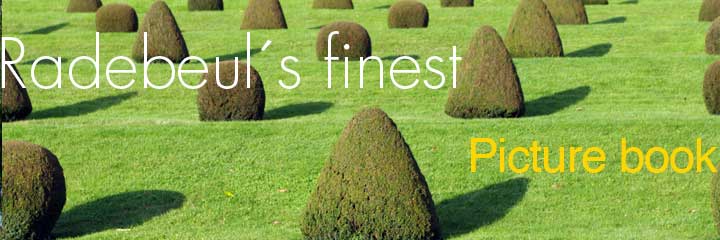| Impint : available in german : |
 |
|||
 |
|||
|
This picture book captures moods and places, seasons and details, and also the rough edges of a town which is so very different from others. The oldest traces of human inhabitation in the territory of the town are from the Neolithic period, from around 2000 B.C., while Radebeul reached its present size as late as 1935, the year when the integration of 10 original communities was completed. The original communities could not be more dissimilar: ranging from a country village by the banks of the River Elbe to an electoral wine-growing estate on the Lößnitz hill slopes. These contrasts create tensions, fractures and ties, which are reflected in the townscape to this day and characterize the atmosphere of this town. Visitors will search in vain for a downtown area or a central market square, but they can discover no less than eight village greens and two extensive villa districts. Join the author on a magical tour. |
|||
 |
|||
|
Is Radebeul an urban country seat or a large park with a town? The number of architectural memorials is enormous, and Radebeul has never been out of the limelight. Numerous inventions have their origin in Radebeul. The world’s first four-colour offset printing machine was built in the Planeta factory, now König & Bauer AG. The inventor of the mouthwash ODOL, the chemist Richard Seifert, lived here. Naturopathy sparked the beginnings of the pharmaceutical industry in Radebeul, where the naturopath Eduard Bilz once established an extended sanatorium. The Grand Old Man of the circus, Sarrasani, started on his triumphant tour of the world from a washhouse in Radebeul. Karl May took residence here. The narrow-gauge steam railway between Radebeul and Radeburg has been preserved almost in its entirety, and enticing wines are grown on the Lößnitz hill slopes. This arrangement of 173 photos, commented on in some notes, tell the story of this town.  |
|||
